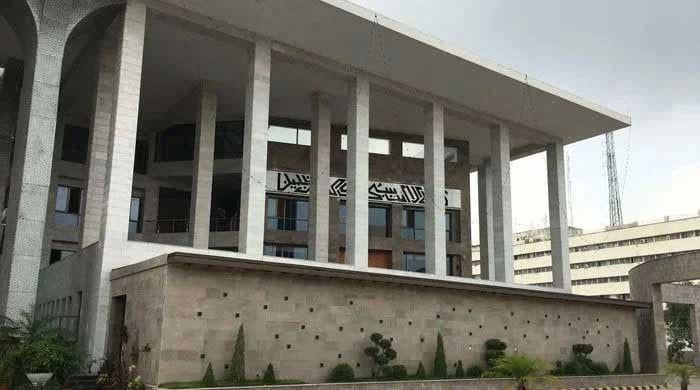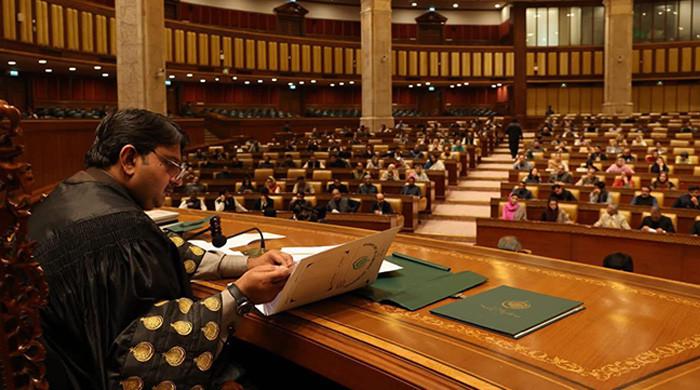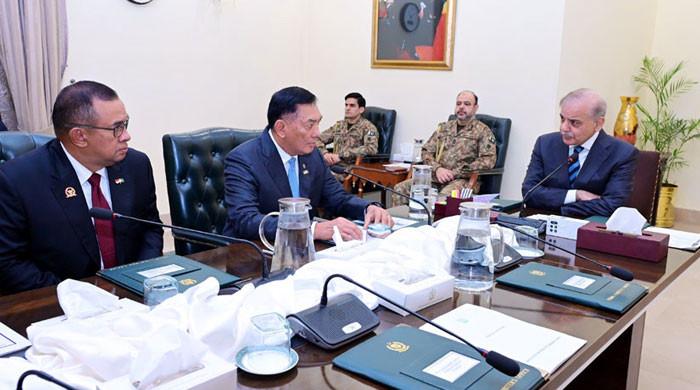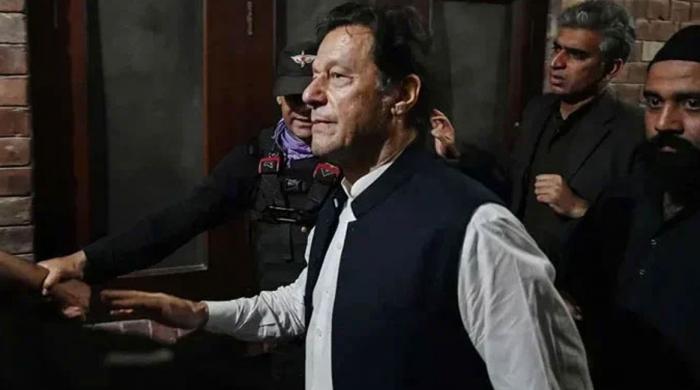IIOJK emerges as major flashpoint in Global Peace Index 2025
South Asia sees steepest decline in peacefulness ranking as second least peaceful region globally
June 19, 2025
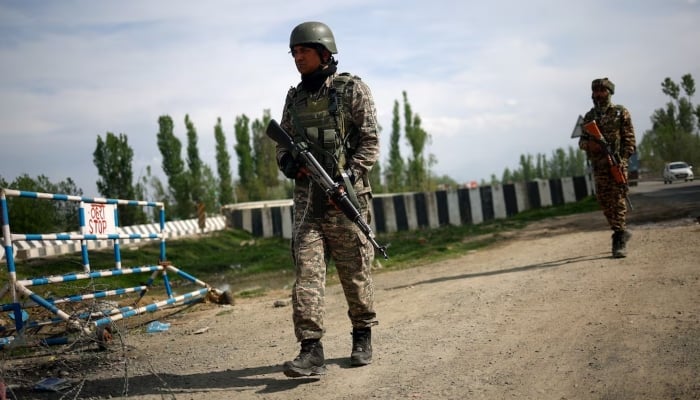
The Global Peace Index (GPI) 2025 has identified the disputed Kashmir region as a critical conflict escalation hotspot, warning that the region has a high likelihood of renewed conflict in the coming year.
The report notes that the Kashmir dispute holds a strong potential for rapid deterioration, based on conflict-risk indicators applied by the Institute for Economics and Peace (IEP). A four-day military clash from May 7-10 marked the deadliest escalation between the two nuclear-armed neighbours in several years, underlining the gravity of the situation.
Although the GPI considers a deliberate nuclear exchange highly unlikely, it warns that a conventional conflict in Indian Illegally Jammu and Kashmir (IIOJK) could still result in significant battlefield losses and risks spilling beyond the disputed Himalayan territory.
The report stresses that IIOJK remains highly susceptible to sudden flare-ups, particularly in the wake of terrorist attacks and retaliatory responses, which have historically prompted international concern and diplomatic interventions to prevent broader escalation.
The report also highlights secondary risks arising from any confrontation, including the potential for anti-Muslim violence in India or increased activity by Baloch separatists and the Tehreek-e-Taliban Pakistan (TTP) within Pakistan, compounding existing domestic instability.
These warnings come amid Pakistan’s continued decline in global peacefulness. The 2025 index ranks Pakistan 144th out of 163 nations, citing “heightened civil unrest and escalating internal and cross-border tensions,” along with a significant rise in military expenditure.
South Asia, now the second least peaceful region globally, recorded the sharpest regional deterioration over the past year, primarily due to intensifying volatility in Pakistan and repressive state actions in Bangladesh.
The economic cost of violence worldwide reached $19.97 trillion in 2024, or 11.6% of global GDP. For developing countries like Pakistan, rising defence outlays risk displacing public investment in key areas such as health, education, and climate resilience.
In its 19th edition, the GPI continues to track peacefulness using 23 indicators grouped under three domains: ongoing conflict, societal safety and security, and militarisation. The 2025 report records a global decline in peace for the thirteenth time in the last 17 years, with peacefulness deteriorating in 87 countries and improving in 74. Iceland remains the most peaceful country, as it has since 2008.
The IEP concludes that without a renewed focus on building “Positive Peace” — the institutional, social, and economic foundations of stability — countries like Pakistan may face deepening domestic and regional crises.






